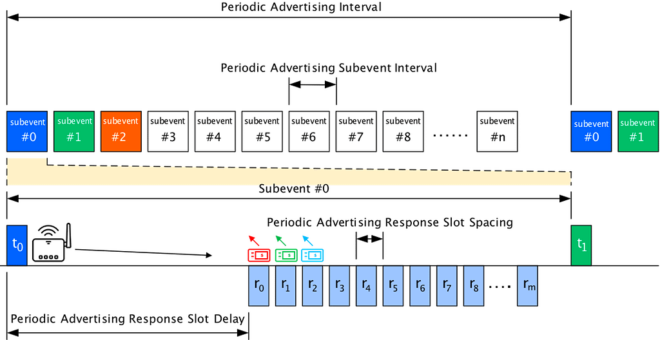“From there, I realized I could use the product my father challenged me to build to help people all around the world. Now my goal is to help people who suffer from diseases that affect their hands or joints and have mobility issues.”
The initial Arduino Smart Shelf prototype used a LEAP motion controller, a wired device that senses hand gestures. He was satisfied with its functionality but wanted to be able to open and close the Smart Shelf using a MYO Bluetooth armband. Working diligently for an hour after each school day and hours a day during the summer, Vishwa was able to leverage Bluetooth to connect the armband to a sensor in the drawer so they could communicate through gesture control.
A few advantages Vishwa saw in integrating Bluetooth® technology in his project was its familiarity among open source communities, the technology’s low cost, and the fact that it does not interfere with pacemakers.
“Since I utilized many open source components, I wanted to use a wireless form of communication that multiple components could use. Another reason that Bluetooth is advantageous is because Bluetooth has become relatively inexpensive so people who suffer from disabilities will still be able to afford my device, even though they may have mounting hospital bills. Since the market for the Smart Shelf are elderly and those with disabilities, I needed to make sure anyone [with pacemakers] would be able to use my device without endangering themselves or others around them.”
The next iteration of the Smart Shelf will involve figuring out how to make the Smart Shelf function with an embedded onboard microcomputer and integrated power supply. He is hoping that by being able to open the shelf without a laptop, it will “open up the potential for worldwide adoption.”
Vishwa has high aspirations for himself, dreaming of combining his fascination in engineering with his interest in business and engineering to start a company. He immersed himself in the world of tech at a young age, building his first 3D printer in middle school. He seeks entertainment in robotics, video game programming, cooking, engineering, mobile application building, and teaching classes to children who want to learn to create their own games. He recently launched his first mobile application, Dinosword.
“Through all these goals I want to remain happy by surrounding myself with positive people who can help me fulfill my ideas and help me attain the highest level of accomplishment in different areas. I hope to one day be considered among those in history that will baffle future generations on what allowed me to create such inventions.”

![Forbes Predictions article 72 dpi 1300 x 680 px 768x402[1]](https://www.bluetooth.com/wp-content/uploads/2024/04/Forbes-Predictions-article-72-dpi-1300-x-680-px-768x4021-1-660x345.png)
























